Walther introduced its Walther PPK (Polizei Pistole Kurz, or Short Police Pistol) in 1931. Almost 50 years after, it found its way to the United States market. The Walther started marketing PPK in 1983. It quickly became trendy among European police agencies and civilian shooters since the gun was reliable and easy to conceal but of moderate power.
The PPK gained wider popularity after it has become a weapon of choice for James Bond, a secret agent 007 from the Ian Flemmings novel.
Introduction
The PPK was a more compact version of Walther PP for the use of the police, especially the plainclothes police, of which Germany had something of a surplus during the 1940s. Introduced in 1983, it has also been waved about in many a spy movie from James Bond down (Bond has just upgraded to the more recent Walther P99).

Design
These were the first successful double-action automatics. Production ceased after the war but resumed in the mid-1960s, and the Walther PP and PPK have remained in widespread service ever since. The original Walther PP was offered in the 7.65-mm (0.301-in) and 9-mm Short (0.38-in) calibers; since the 1960s, a version in 0.22-in Long Rifle (5.59-mm) caliber has been widely sold for plinking.
A handful of Walther PPs was made in a 6.35-mm (0.25-in) caliber before the war. One oddity is the Walther PPK7S, a PP frame with the barrel and slide of the PPK: this was built to get around the 1968 US gun control laws, which introduced a minimum size for imported handguns.
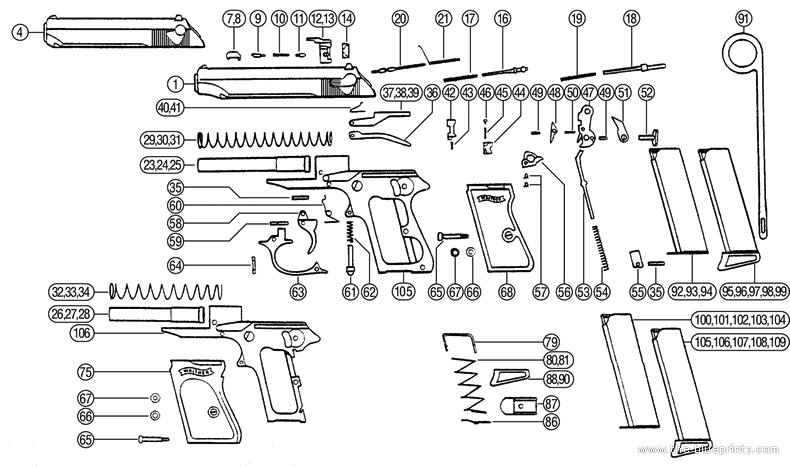
The Walther PP Super has a trigger guard designed for two-handed use and fires the 9-mm Police cartridge. The diminutive Walther TP and Walther TPH versions were discontinued in the 1970s, although they were manufactured under license for a period in the US. All the models operate on a straightforward blowback principle, and good safety arrangements are incorporated.
One of these safeties has been widely copied: a block is placed in the way of the firing pin when it moves forward and is removed only when the trigger is given a definite pull. Another innovation is incorporating a signal pin above the hammer, which protrudes when the round is actually in the chamber to provide a positive ‘loaded’ indication. This feature was omitted from production in the course of World War II.
Chambering
Among various Walther PPK versions, there is also a popular PPK in .22LR caliber designated as PPK/S. According to the official description, it .22 blends the iconic PPK design with the fun and cost savings of the .22 L.R. The PPK/S .22 (also referred to as 22 PPK or PPK 22) is identical to its PPK brother in .380.
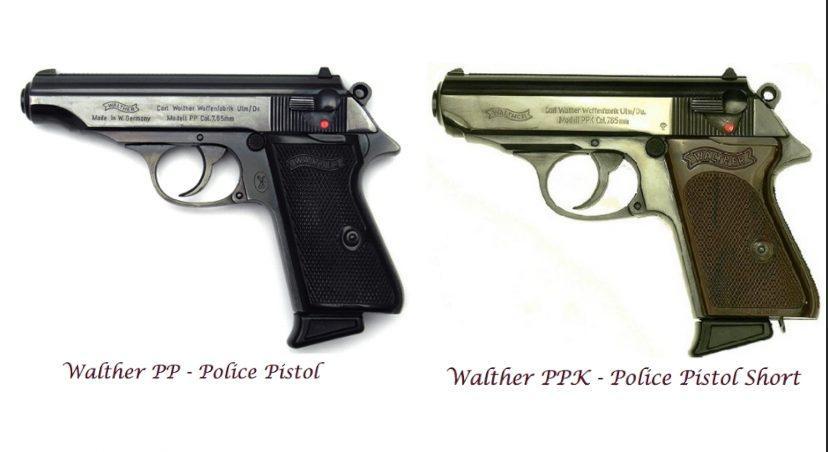
But as you can assume, you can literally shoot the .22 rimfire for pennies. And, of course, a shot and recoil are minimal. Like the Walther handguns, PPK/S .22 has good usability, and it is great for the whole family. As a quality firearm, you can be proud to own it and someday pass it on to the next generation.
Both Walther PP and Walther PPK are available in various calibers, including .22LR, 6.35mm auto (.25 ACP), 7.65x17mm Auto, and 9x17mm (.380 ACP). The Walther PPK was widely used around the world, from Bangladesh to the United States. From local police forces to special police units.
Technical specifications: Walther PPK
| Manufacturer: | Walther Arms GmbH, Sportwaffenfabrik, Ulm, Germany |
| Type: | blowback, double-action, semi-automatic pistol |
| Caliber: | 7.65 mm and others |
| Barrel: | 3.31 in (84 mm) |
| Weight (empty): | 1.28 lbs (580 grams) |
| Magazine capacity: | 7 rounds |
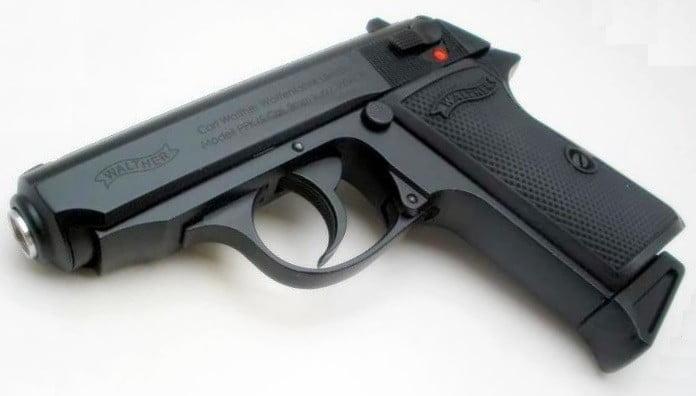
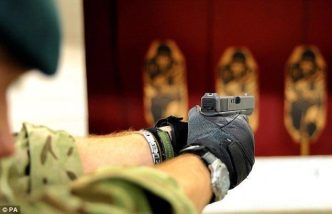
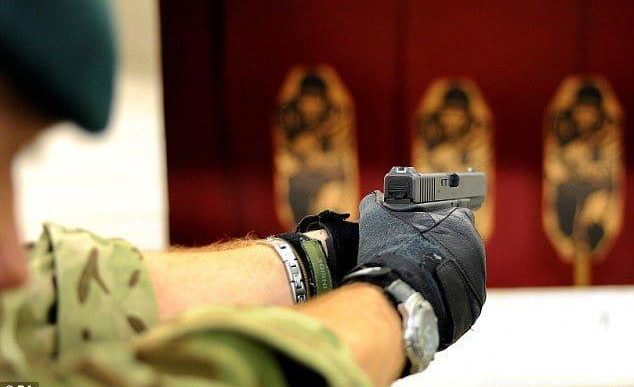
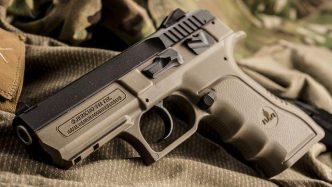
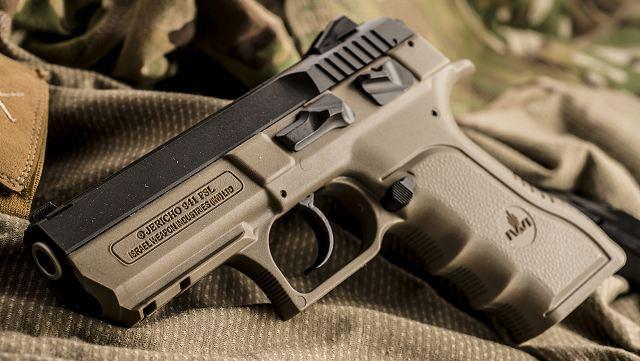
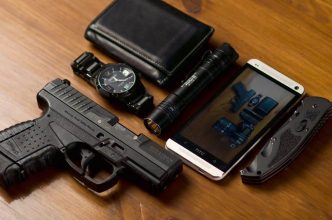
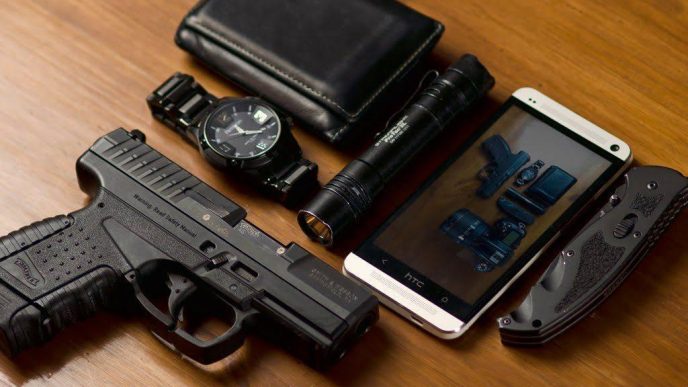
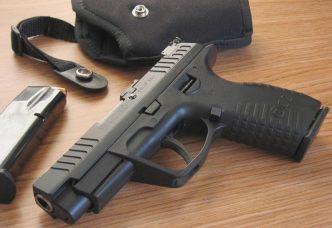
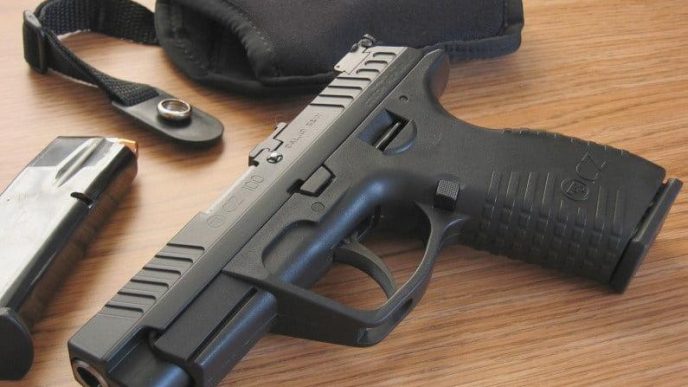
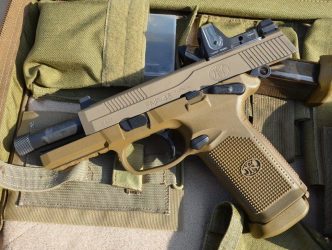
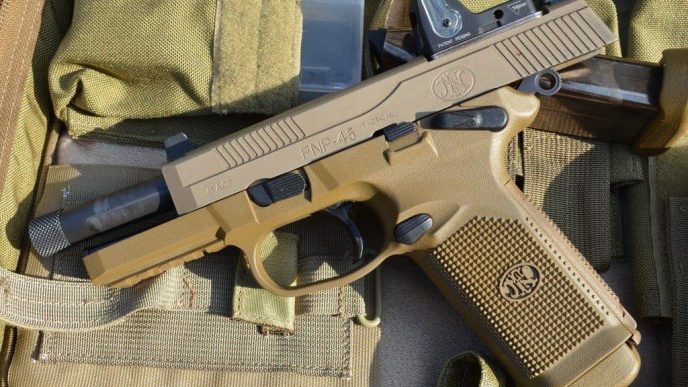
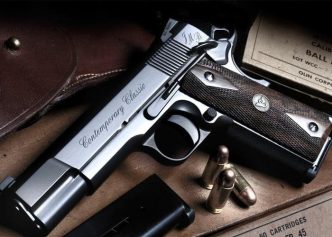
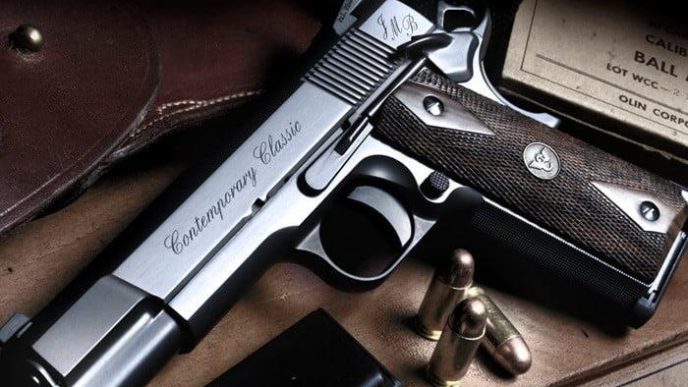
The PPK/S is just a Walther PP with a PPK barrel and slide. It was done to add weight for import points, nothing to do with being a .22, in fact most are .380
Dear Sirs,
Usually “k” in Germany Stands for “kurz” (short).
In case of the Walther PP K it stands for “Kriminalmodell”.
That means, the pistol is made to be beard concealed, as detectives do, that do not wear uniform.
Very interesting how about the blow back causes injury to hand?
Love my 1994 Interarms iteration, but had to have the ramp polished and springs changed out to fix a common stove-piping problem with those. Still carry it from time to time, when deep concealment is required.
how can I get one?
I love my made in German 38 James Bond
Have a 70’s made in Germany imported by interarms ppk love it
I polished the ramp and radiused the chamber mouth and its had literally thousands of rounds with no jams or malfunctions